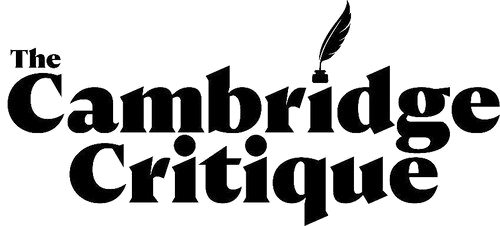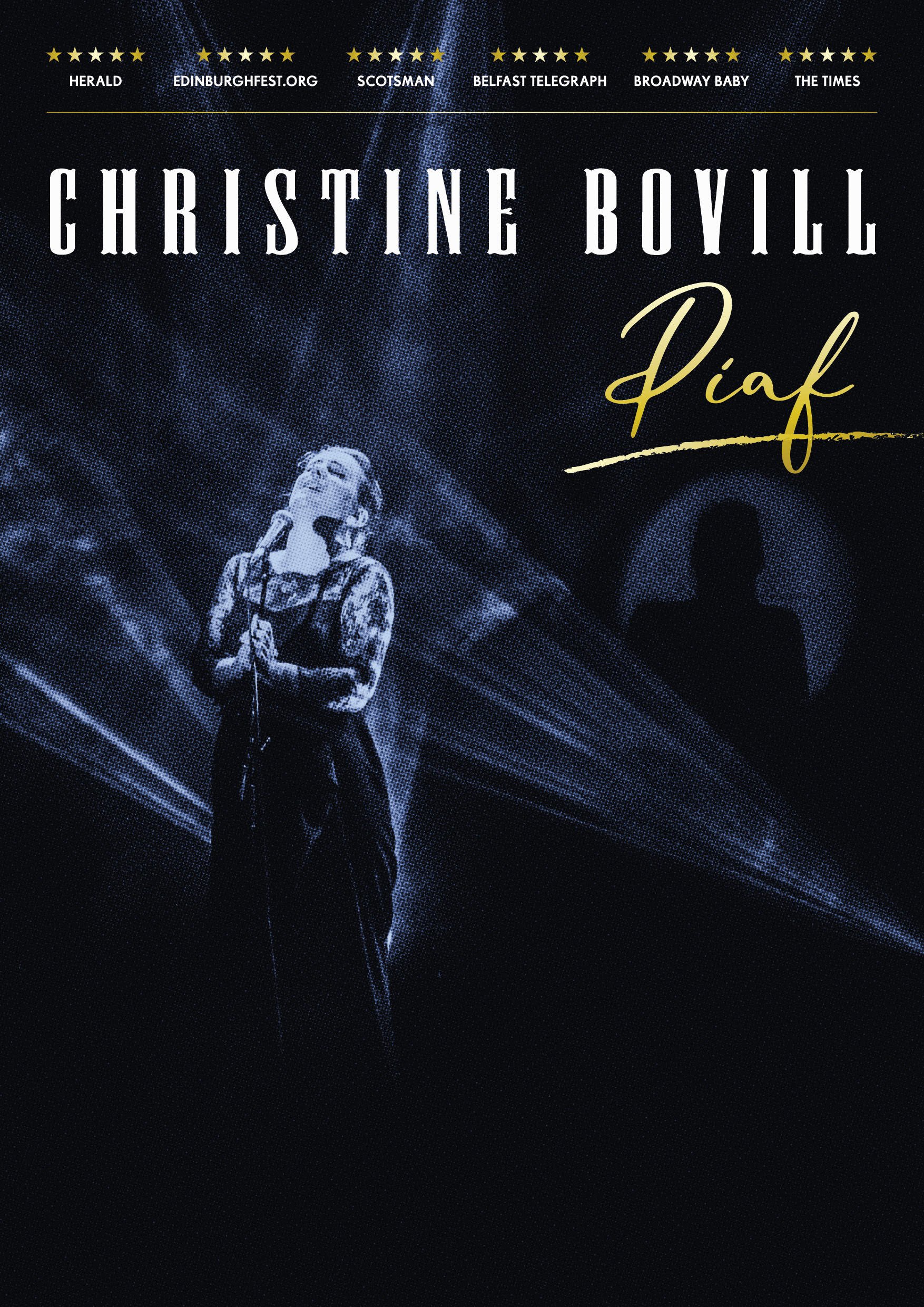AI WEI WEI- THE LIBERTY OF DOUBT AT KETTLE'S YARD
Ai Wei Wei ‘artist and human being’
Ai Wei Wei is famous for his vast- scale works of art – the hundreds of thousands of tiny carved sunflower seeds in the Tate Gallery, his stark massively scaled ‘Tree’ sculpture, the vast array of Colured Vases of 2015, the Free Speech jigsaw of a map of China, captured world wide attention.— he has exhibited all over the world. Not to mention his international prizes for art and for his stand on human rights. But he told an audience at Kettles Yard that it was a far different story, when he arrived in New York in the 1980s. Hs friend Allen Ginsberg explained no one was interested in Chinese Art and no gallery would take his work, he told his audience at Kettle’s Yard where his new exhibition opens this week. It is titled The Liberty of Doubt and the artist explained that in it,he was after a fresh definition of ourselves for the new time we live in. We need, he believes , freedom to understand culture itself, the liberty of doubt.
Ai We Wei in Cambridge
Ai Wei Wei’s latest work examines this idea.. The exhibits are mixed. Some are ceramics bought at a Cambridge local auction - antiquities and modern copies together. Other pieces are original ideas of the artist, carefully made by his team. The latest is a pair of jade handcuffs , a huge challenge for his workmen “I had to find something to keep them going’ he jokess’”They are always asking me What next?” Carved from a single piece of stone, no wonder they took so long to produce – and the result is a paradox – a beautifully wrought piece of art and a brutal instrument of repression. The surveillance camera beautifully carved and balanced on an antique plinth, echoes the same clash of values.
Ai Wei Wei’s suffering is scarcely imaginable. After years of dark sorrowful imprisonment alongside his beloved poet father, he emerged into the West. Their desperate lives as prisoners in exile features in Ai’s latest book, 1000 Years of Joys and Sorrows. Here he describes, in heart rending detail, their desperate lives in the dugout out in the vastness of the Gobi desert - the hunger, the rats , the isolation from everyone. And the contempt from his father’s captors, the humiliation visited on him as he descended from a heavy job with trees to a lavatory cleaner for the entire camp. Ai Wei Wei has to be the most. disturbingly political truth-telling artist on the face of the planet. His perceptions are suffused with humanity born of endurance, in a life where he and his father had nothing. It was at this time he realised that possessions and material things are essentially worthless, the imagination and the life of the mind - and the health of the body - are all that matters. But on his return to China years later, now a renowned figure, his oppressors acted with swift sophisticated cruelty. His close incarceration after the Chinese Police kidnapped him from Beijing Airport in 2011 - imprisoned with no hope of rescue - no natural light, night and day close surveillance, endless exhausting interrogation would break the bravest soul.. He has endured more than we can imagine.This nightmare lasted in fact 81 days, a time when no one knew, even his mother, where he was. Four years of house arrest followed.
Yet he has always chosen the path of controversy for this latest show and this show is no exception.. In it he questions the meaning of art, freedom of expression and the value of individual artefacts. Possibly the most powerful dissident activist artist in the world- and as he adds, human being - he wants to provoke debate. Who has more right to do so? Ai Wei Wei has endured the death and suffering of his fellow protesters. His project to trace and record the victims of the rebellion of 2008 revealed thousands of students had died at the hands of the state. In the face of this inhumanity must be set his deliberate act of dropping a 2000-year-old Han vase as a symbol of challenge to the Chinese Government’s destruction of the country’s heritage The act is at once serious and - a favourite word of WeI Wei - playful. The artist re-interprets this daring act in three vast monochrome Lego portraits (he tells us that Lego will be in future his favourite form of material)! Interestingly Lego is Danish for ‘I play’. Is this triptych an expiation for the destruction? Does he regret it? I doubt it. Here he celebrates and amplifies the act. He has boldly painted a red Coca-Cola sign on the side of another hugely valuable Han vase, exhibited here.
The ancient valuable Han dynasty vase, now emblazoned .
Alongside this work Ai Wei Wei mixes Chinese pottery picked up at local auctions at a bargain price mixed with pieces from antiquity. Like Marcel Duchamp (whom he openly admires, a man who reproduced several versions of his audacious urinal Fountain) he gives us a Chinese take on what is the value of a unique work of art as against a beautifully made copy by him. In fact his work reflects the anarchic Dadaists of early twentieth century Paris with their emphasis on annihilation of art. Or the Beatles when they tipped a beautiful grand piano out of a third storey flat. Or Roger Daltrey and his ( regular) guitar demolitions? He is not the first artist or critic to question the value of the unique and ask if its ‘aura’ as Walter Benjamin titled the Mona Lisa’s mystic power, owes everything to its uniqueness. Or to interrogate the meaning of art and the art world.
Ai Wei Wei values craft, he reverences the ability to create, ‘the hand can teach the mind’ he told us in his preliminary talk. And the wonderfully made display cases carefully constructed in China as well as the casually acquired copies he came across only last year, attest to the craftsmanship the Chinese tradition is so proud of. Possibly we are so overwhelmed with mass produced imports from China in such a volume, now environmentally disastrous for the consumer world, that we overlook the thousands of years of care and beauty Chinese people have admired in their art.
Favourite for me among the exhibits, are Ai We Wei’s large crafted ceramic dishes; they depict the world of refugees, of young people crowded into boats, or old people who flee their homeland. They are poignant and political. – the images of war on a perfectly thrown ceramic dishes, force the doubt the artist wants to provoke in his audience. He has had himself photographed on a beach lying prone beside the waves, a homage to those who have drowned fleeing persecution , lives lost in search of a new life.
I asked the artist about his own father with whom he faithfully stayed, as he was humiliated by the Chinese state over years; an educated man, once hugely celebrated now oppressed almost beyond belief. What was his legacy?
“I remember him as someone who loved beauty.” His son replied “When he was given fees for his work, he would always spend them on something rare and lovely. He did not care for things. He only had one pair of shoes, he walked very slowly.”
Through his quest to scrutinize the meaning of creativity even its jarring destruction, we can surely believe in this remarkable man to pursue and preserve art even as he examines, as many have before him, what exactly it means.










